In our almost obsessive pursuit of new, delicious recipes the family will enjoy, we’ve come across several recipes lately that call for dried beans. Dried whites, reds, and pintos, to be specific.
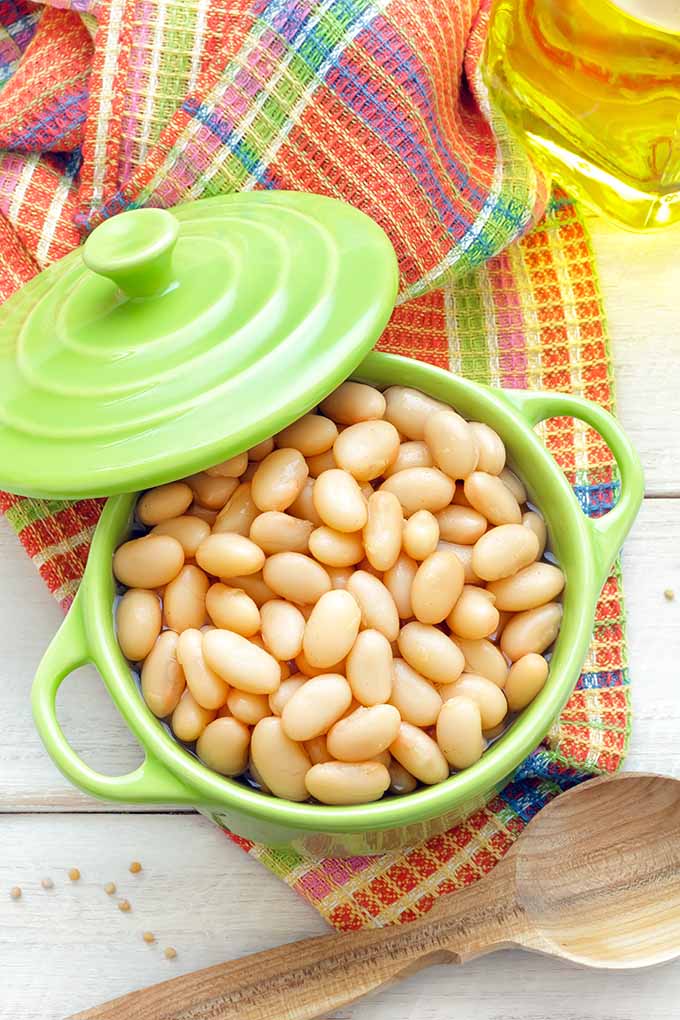
That got us thinking… why the sudden interest in using dried instead of canned? Are there advantages of one type over the other? When should we use one instead of the other?
Let’s look at the differences between the two.
Ease of Use
With the canned variety, you simply open a can, rinse them (usually), and add them to the recipe.
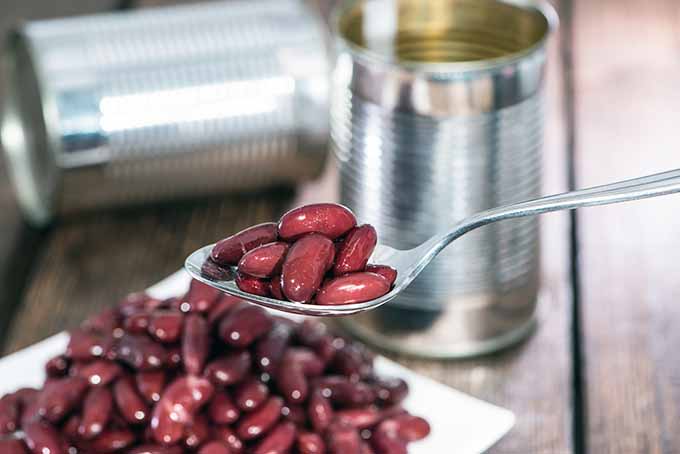
Dried legumes require considerably more effort. They must be rinsed, sorted, and depending on the recipe and personal preference, soaked and cooked for an often considerable length of time.
For many of us, this soaking business may not be practical on Tuesday evening after a day at work.
Is Soaking Really Necessary?
Talk to any number of cooks and you’ll get as many different answers about the necessity of soaking dried legumes before cooking them.
Many cooks swear by overnight soaks, while others say a few hours will do the trick. Still others don’t soak at all.
An exhaustive experiment conducted by Epicurious lead the editors to conclude that adequate reduction in cooking time and sufficient flavor enhancement was gained by bringing the beans to a boil in water, turning the heat off, and letting them soak for just an hour before cooking them for use in a recipe.
Despite Epicurious’ recommendation, there is a reason that might lead you to definitely want to soak them for a longer period.
Soaking reduces the legume’s well-known side effect, flatulence. This is especially a sensitive issue for those who have difficulties consuming FODMAP foods, like legumes.
According to the University of Michigan, soaking them in water with a teaspoon of vinegar for eight to 10 hours will reduce raffinose sugars, which cause intestinal gas.
Be sure to discard the bean soaking water to also get rid of the sugars. And the potential embarrassment.
Even an hour of soaking, as recommended by Epicurious, may not be doable during the workweek. So for time efficiency, canned may be the way to go in many circumstances.
Which Is More Affordable?
Another factor to consider is cost. The dried product costs less than half the price of prepared.
According to a grocery store price review conducted by The Bean Institute in November 2015, dried pintos cost about $0.15 per serving, store-brand pintos cost $0.34 per serving and national-brand pintos cost $0.48 per serving.
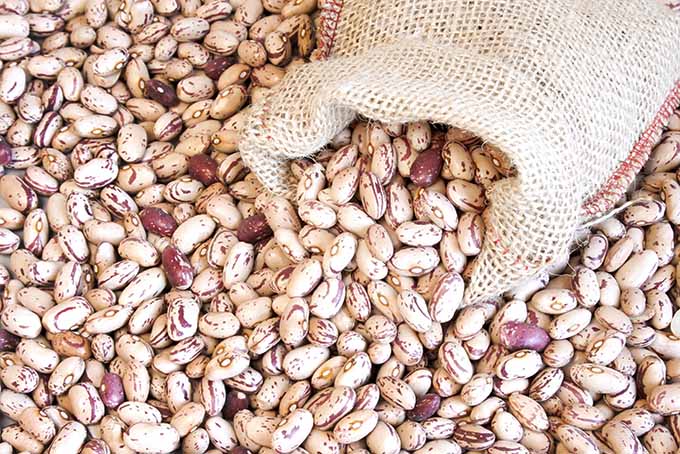
But, really, this particular legume isn’t terribly expensive either way, so unless you eat an exorbitant amount of it, cost might not be a critically important factor.
Nutritional Differences
In general, canned legumes are usually higher in sodium and lower in nutrients than dried varieties.
Nutritional Values for a 3.5-ounce (100g) Serving of Pintos:
Nutrient
Protein
Carbohydrates
Calories
Folate
Iron
Potassium
Dried
9 grams
26 g
143
172 mcg
2 mg
436 mg
Canned
7 g
22g
114
24 mcg
1.33 mg
274 mg
Keep in mind that some of the above nutrient quantities in the dried product — folate in particular — may change depending on cooking methods.
For example, a study by K. Hoppner and B. Lampi found that folate in dried beans may be reduced when the vitamin interacts with other food components during the cooking process.
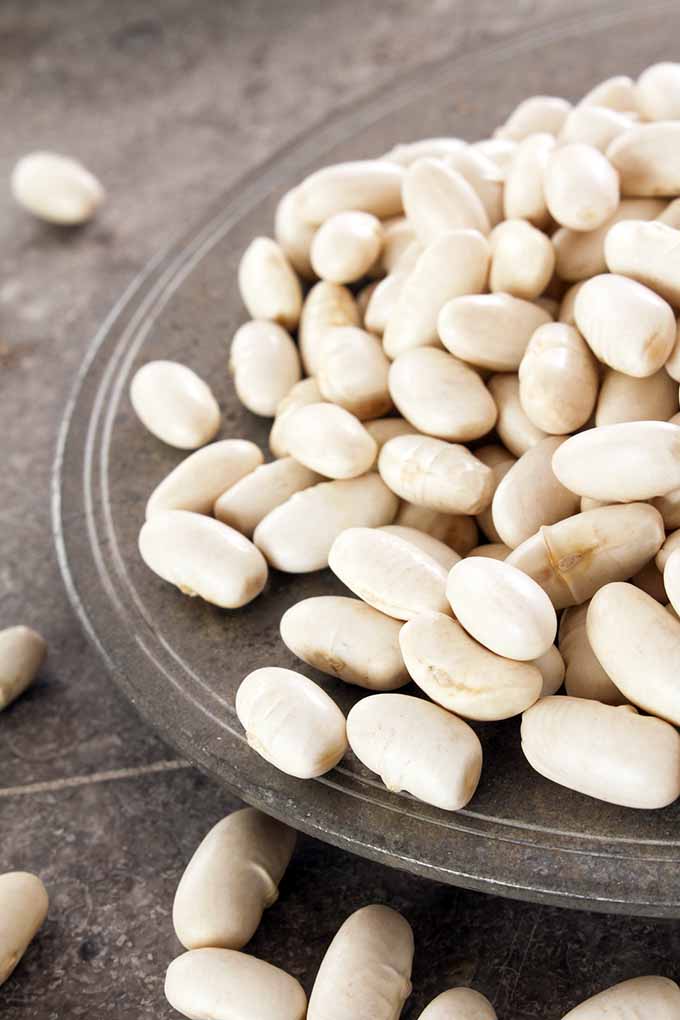
Additionally, the researchers found that the traditional long soak reduced folate loss as compared to quick soak methods.
So, for women of childbearing age and others for whom folate is important, you may want to do the long-soak method.
Sodium is often added to canned products, so it is a good idea to rinse and drain them before use.
In fact, a 2011 study by Roberta L. Duyff, John R. Mount, and Joshua B. Jones showed that draining them for two minutes reduced sodium content by 36 percent.
The same study showed that draining plus 10 seconds of rinsing and two additional minutes of draining reduced sodium by 41 percent.
You may also be able to find low or no-sodium products on the shelf.
What Else Are They Putting in There?
Other additives are found in the canned product.
These include calcium chloride, which is similar to salt but contains calcium instead of sodium.
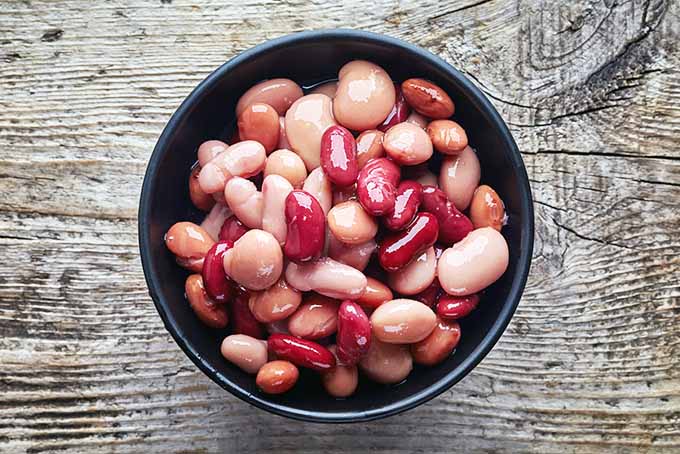
Calcium chloride is a firming agent that adds a salty flavor to foods. It can, however, also impart a bitterness and other off-flavors, according to a study conducted by Thomas Ohlsson in 1994, mainly due to the residual chlorine remaining on the surface of the product.
According to the U.S. Food and Drug Administration, ingesting calcium chloride in the quantities found in food is safe.
Disodium EDTA is another additive commonly found in the canned variety. It is used to as a preservative and to promote color retention.
The FDA has deemed it safe, and though we couldn’t find any scientific studies linking small ingestions of disodium EDTA to health concerns, some people have reported gastrointestinal issues and headaches from ingesting the chemical.
Furthermore, the cans in which they are packaged often are lined with a substance containing bisphenol A, also commonly known as BPA.
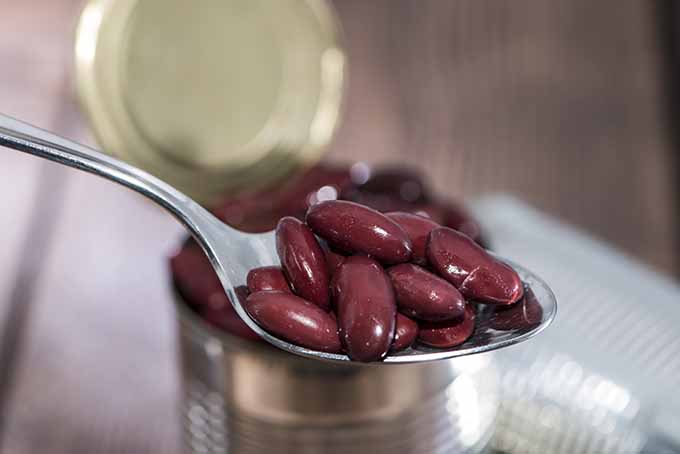
While the quantities found in these linings are very small, the chemical has been linked to a variety of health problems including cancers and heart disease. It’s something many consumers have taken pains to avoid.
Another additive sometimes found in canned beans is sugar.
‘Nuff said.
Animal fat may be added for flavor, and other seasonings or vegetables may be added.
Dried varieties, of course, are just that. The package may contain dirt and rocks, but that’s why you soak and sort.
If It’s All About the Flavor…
As we mentioned earlier, some of the additives found in the canned product can alter its flavor, whereas with dried legumes, you have to add all of the flavor enhancements yourself.

A difference many tasters note is that the canned versions tend to be “mushy” whereas home-cooked dried beans are “creamy” — an important distinction foodies can appreciate.
Tasters also sometimes attribute a “tinny” flavor to the pre-prepared legumes.
Try Fresh
Now and then, when they’re in season in late summer or early fall, you can find fresh beans at the farmers market.
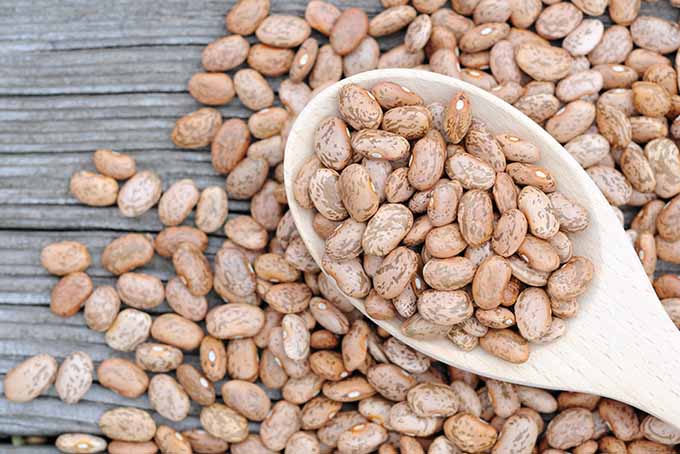
These offer the best of both worlds — high nutrition, no additives, and quick cooking.
Since you may be hard-pressed to find recipes calling for fresh varieties, you’ll have to get creative when adapting other recipes.
Obviously, you’ll eliminate the soak time and likely shorten the cook time if you’re substituting fresh for dried. If you’re subbing fresh for canned, you may need to lengthen the cook time a bit.
Some market vendors sell them pre-shelled, and you’ll want to look for firm, smooth, and unwrinkled ones.
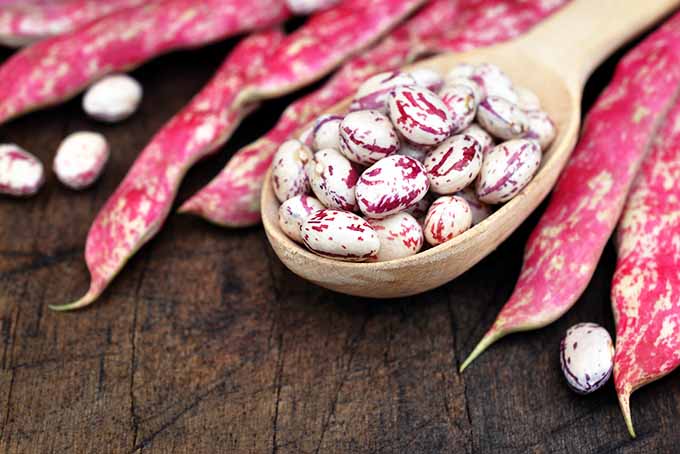
For even fresher product, look for those still in the pod. You’ll want pods that are plump, where you can see and feel the lumps. Chefs say it’s okay — even desirable —if the pods are spotted or slightly leathery.
If you’re not using the fresh product immediately, store the pods in a paper bag on the counter (for a few days) or in the refrigerator (up to a week). You can also freeze them.
Recipes For Your Inner Legume
Whichever way you go, you should definitely try our rice and beans recipe, or either of these delights:
Tuscan Kale, White Bean, and Sausage Soup

For beans at their hearty best, try this Italian classic from Hunger Thirst Play. It’s packed with warmth and nutrition!
Easy Mexican Beans and Rice
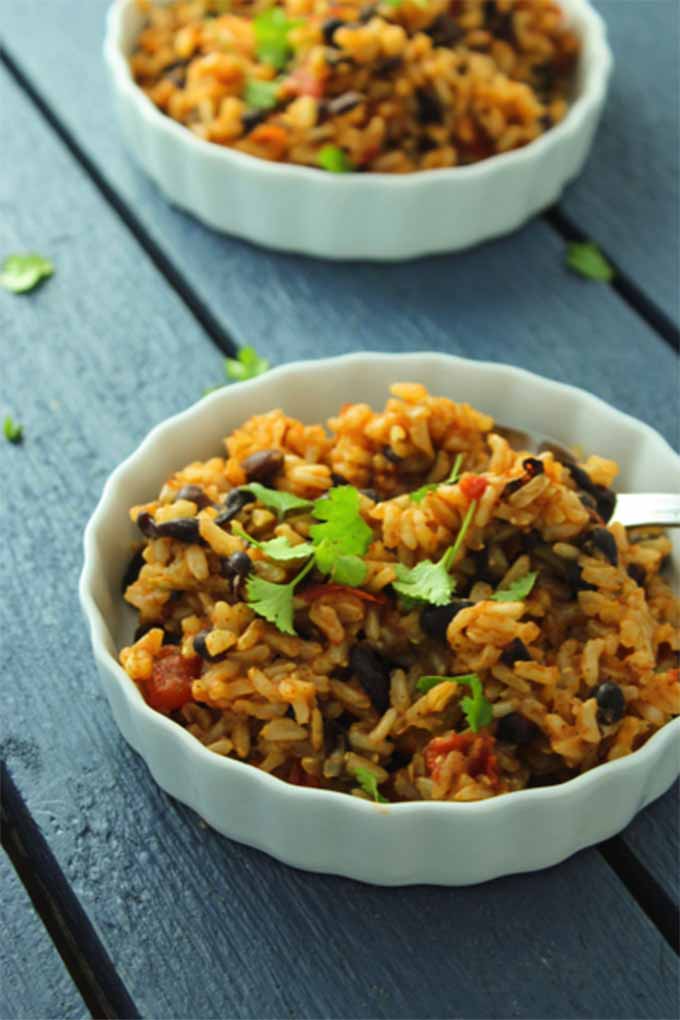
The Fitchen makes an easy meal for you to enjoy your legumes! Put all the ingredients for this south-of-the-border classic into a rice cooker, set it, and forget it. You’ll have a flavorful meal before you know it!
Learn how to make this recipe.
It’s All Up To You
It all boils down (pun intended) to personal preference.
If soaking beans — even for an hour — doesn’t fit into your lifestyle, the canned product is a perfectly acceptable way to go.
And while some cooks prefer to retain the canning liquid and add it to the recipe or save it for aquafaba, in general, we recommend a thorough rinsing, to get rid of additives.
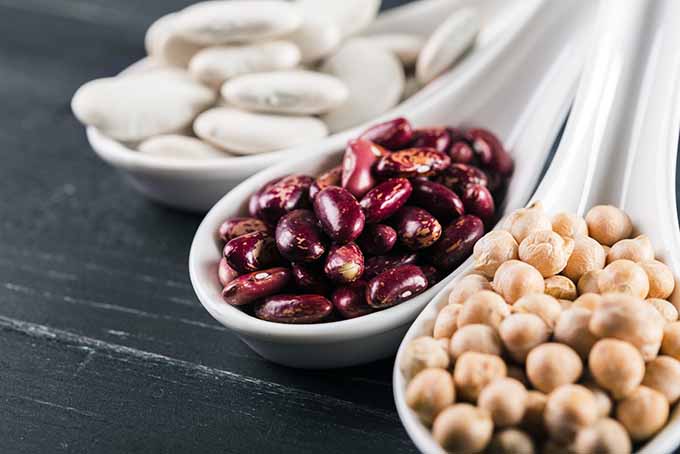
You can add your own healthful flavorings and thickeners.
If the somewhat compromised texture and flavor of the prepared product is too much for you to overlook, opt for dried.
Another option, of course, is to keep both types on hand, and use whichever make sense on any given occasion. This is what I do!
Which type do you prefer? Why? We’d love to hear your tried and true method of preparation for any type of this legume.
Don’t forget to Pin It!
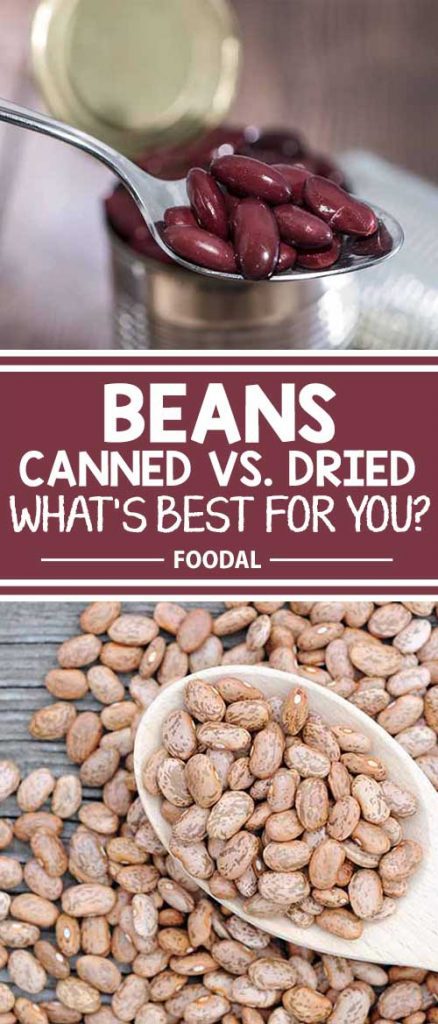
Photo credits: Lauren Pariseau, © HungerThirstPlay, and Jordan Cord, © The Fitchen. Uncredited Photos: Shutterstock.
The staff at Foodal are not medical professionals and this article should not be construed as medical advice. Foodal and Ask the Experts, LLC assume no liability for the use or misuse of the material presented above. Always consult with a medical professional before changing your diet, or using supplements or manufactured or natural medications.
About Gretchen Heber
Gretchen Heber is an Austin, Texas foodie whose passion for eating has lead to a fair competence in the kitchen, according to her family and to friends who are generally pretty excited to be invited to a dinner party at her home. Always on hand in her kitchen: a water-filled cup full of upright cilantro, at least a dozen lemons and limes, several heads of garlic, and fish sauce in the fridge.




Super interesting read! I almost always use canned beans but I always buy organic, which I have found to have fewer additives and almost always come in bpa-free cans.
I did recently discover that dried can be cooked quickly in the Instant Pot, which has me wanting to try them more. Overall I agree – use what works best for you at the time!
Organic is a great way to go when buying canned beans. You know you’re getting a good product, and it’s ready immediately! I haven’t tried cooking them in the Instant Pot; great recommendation!
I’ll admit that I’m a sucker for dried beans. Aside from the health and cost benefits, I like the texture better.
Thanks for reading, Michelle. I like dried beans, too, but sometimes resort to canned when time is short!
This is great information. I use both dried and canned from time to time, but never really knew the nutritional differences. From now on, I think I’m going to use dried whenever I have the time.
Thanks for your kind words, Jeff. What is your favorite bean-based recipe?
Great post! There is a lot to think about here. I think it depends on what you are doing with the beans that makes the determination of which is better
I’m so glad you enjoyed the article, Nicole. I think you are 100% right — it all depends. And I see you have an adorable young child, so I’m sure time factors greatly into which type of beans you use!
I opt for the dried beans. In Canada ALL the large canned bean companies use disodium EDTA unless it’s a smaller independent, organic or imported from Europe. I usually soak for a long period. If I want quick beans I go for the smaller beans like lentils that don’t need to be soaked.
Interesting about Canadian beans, Scott. And I love the tip about using smaller beans if you’re in a hurry!
Hi
Interesting, but surely some of the vitamins and good stuff in dried beans will be destroyed by cooking. Also people say dried beans are cheaper, but how about the cost (electricity/gas) of cooking for two to three hours?
I’ve recently started using dried beans more, once I discovered two important things. Firstly, that cooking them in my pressure cooker is much quicker. Secondly, that I can batch cook and freeze the beans. So far I’ve only done this with chick peas, but have been happy with the results. I freeze in portions that are roughly the same as one can, since a lot of recipes call for that amount.
Thanks for sharing, Jennifer! We love pressure cooking and batch cooking to freeze portions that are ready to use when you need them!